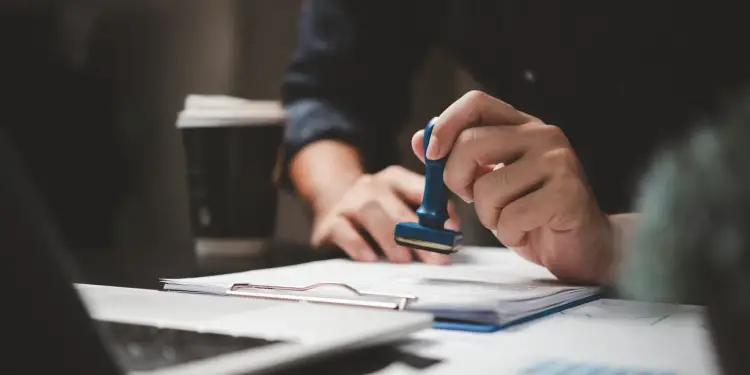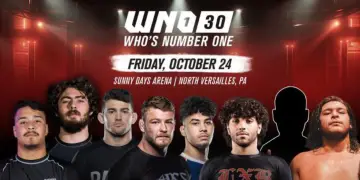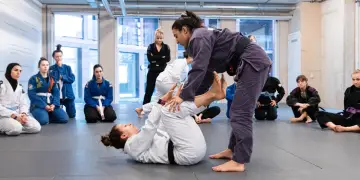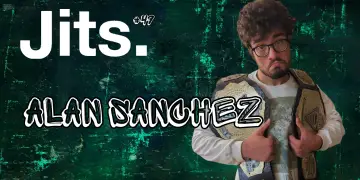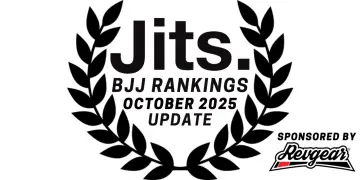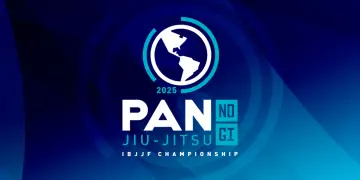As the global reach of Brazilian Jiu-Jitsu (BJJ) continues to grow, many top athletes, coaches, and competitors look to the United States as a destination for training, seminars, and tournaments. The P-1A visa, designed for internationally recognized athletes, is often the pathway of choice. However, in recent years, U.S. Citizenship and Immigration Services (USCIS) has pushed back and issuedincreasingly complex Requests for Evidence (RFEs) for P-1 visa petitions involving BJJ practitioners. Unlike mainstream sports, BJJ’s informal belt system, Masters Divisions, and decentralized competition structure can often confuse immigration adjudicators unfamiliar with the sport’s nuances. Having represented numerous BJJ athletes and academies, I have seen recurring patterns in how USCIS evaluates these petitions. Below are the most common pitfalls and how to overcome them.
P-1 Visa Guide For BJJ Athletes
1. The Itinerary Issue
USCIS requires a specific and verifiable itinerary detailing all competitions, seminars, and appearances during the proposed P-1 period. A vague statement like “The athlete will compete in IBJJF and other professional tournaments” is often not detailed enough and in this climate, will not suffice.
What USCIS wants to see:
- Exact dates, locations, and organizers of each event;
- Letters of invitation or proof of registration; and
- Evidence of a consistent competition schedule over the period of the contract
If future events are not yet finalized, include prior tournament history, recurring participation (such as IBJJF or AJP circuits), and consider including written confirmation from promoters or team sponsors. This demonstrates a legitimate and structured itinerary that meets USCIS’s continuous engagement standard.
2. Belt Level and “International Recognition”
According to the regulations, the P-1A visa requires proof that the athlete is ‘internationally recognized.’ In BJJ, belt rank is a key factor in determining competitive standing. The problem is that many officers are not acquainted with grappling and may not understand BJJ’s ranking system. As a result, they often expect applicants to be Black Belts competing in adult divisions at the highest level, discounting any achievements by colored belts or advanced age athletes.
If you are not a Black Belt, it does not necessarily mean you are disqualified. However, you will likely have a higher burden and must show exceptional results for your rank. For instance, a Brown or even Purple Belt who medaled at IBJJF Worlds, Pan Ams, or ADCC events can still demonstrate international distinction if supported by official records, rankings, and letters from recognized federations and experts.
Provide:
- Belt certificates signed by a recognized instructor or federation;
- Tournament results from sanctioned events;
- Media coverage or social profiles verifying your reputation.
3. Masters Division vs. Adult Division
A frequent and often misunderstood issue is competing in Masters division events. While Masters athletes are often elite practitioners, USCIS sometimes questions whether these events carry the same prestige or represent the highest level of international competition.
The Problem: USCIS may view Masters 2 or Masters 3 categories as inferior categories and not equivalent to adult elite divisions.
The Solution:
- Explain that Masters divisions attract world-class international competitors, many of whom are seasoned practitioners who considered legends and pioneers;
- Submit IBJJF results and brackets showing diverse international participation with internationally ranked competition;
- Include letters from black belt coaches or promoters attesting to the athlete’s high skill level;
- Highlight any prior adult division participation or open-class achievements.
4. Contracts and Sponsorships
Every P-1 visa petition must include a written contract between the athlete and the U.S. petitioner (academy, promoter, or agent). Many RFEs arise from unclear or unsigned contracts.
The contract should always include:
- The nature of the relationship (competitor, instructor, or ambassador);
- Payment terms or sponsorship details;
- Duties and event obligations;
- Clear signatures and dates from both parties.
5. Proving “International Competition”
USCIS requires evidence that the athlete has competed in internationally recognized events. In BJJ, this typically includes IBJJF Worlds, ADCC, AJP, or similar federations.
Avoid pitfalls:
- Regional opens or unsanctioned tournaments may not qualify;
- Provide official results, brackets, or event programs showing international participants;
- Include organization letters or federation documentation verifying the competition’s prestige.
Frequently Asked Questions (FAQ)
Can a Brown or Purple belt qualify for a P-1 visa?
Yes, but the athlete must demonstrate exceptional international results and recognition within that rank, supported by credible documentation and federation verification.
Do Masters division results count for the P-1 visa?
Yes, but USCIS may require additional evidence to show that the competition level is internationally recognized and comparable to adult elite divisions.
What if I don’t have a set competition schedule yet?
You can still apply if you show a proposed itinerary that is accompanied by proof of consistent competition history and letters of intent from promoters or academies confirming upcoming participation.
What if my sponsor is an academy owner?
Schools are acceptable sponsors, but ensure there’s a signed contract outlining your duties, pay structure, and representation agreement to satisfy USCIS requirements.
Conclusion
Brazilian Jiu-Jitsu is a sport built on discipline, longevity, and international community; qualities that don’t always translate neatly or fit squarely with U.S. immigration regulations. The P-1 visa offers BJJ athletes a legitimate way to train and compete in the United States, but success depends on meticulous documentation, credibility, and presentation.
A well-prepared petition should include a clear itinerary, credible belt verification, professional contracts, and proof of participation in internationally recognized events. With proper strategy and legal guidance, even Brown Belts or Masters competitors can achieve approval.
About the Author
Paris Lee, Esq., is an immigration attorney and partner at Lee & Garasia, LLC, based in New Jersey. He represents martial artists and BJJ athletes in P-1 and O-1 visa matters. Some of his clients include Ffion Davies, Adele Fornarino, Jozef Chen, and many of the top athletes in the sport. He is also a Third-Degree Black Belt and will serve as Head Professor at Rolles Gracie Edison Academy in Edison, New Jersey.
For more information, he can be reached at @bjjvisalawyer or at Immigration options for athletes.


